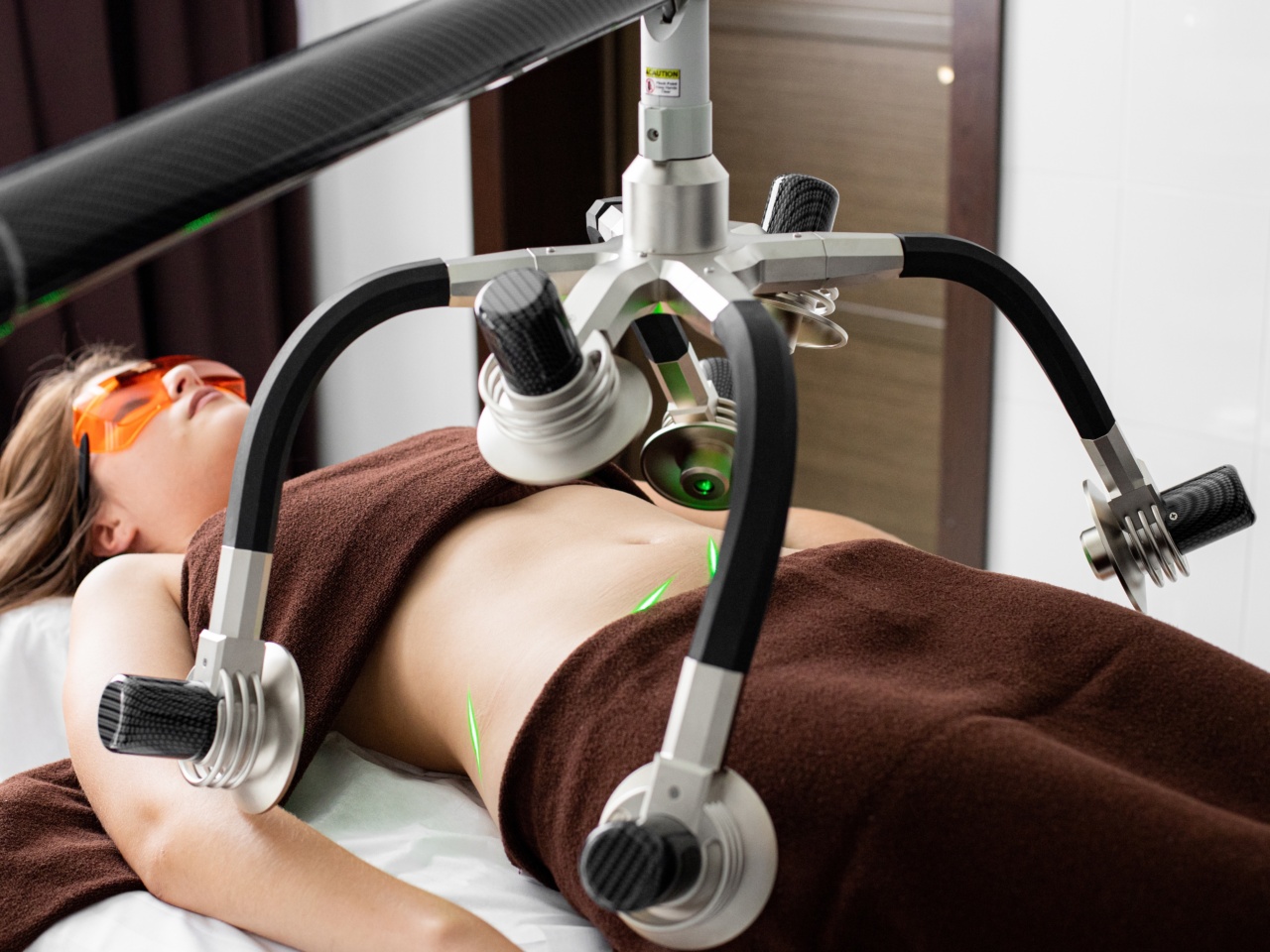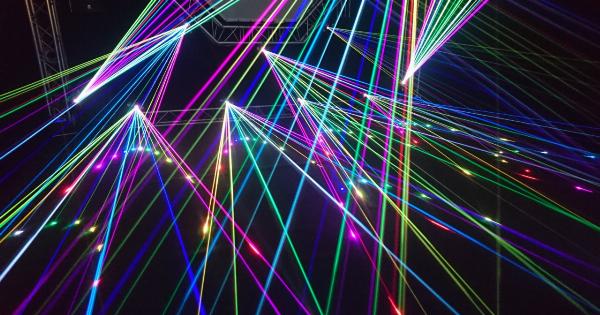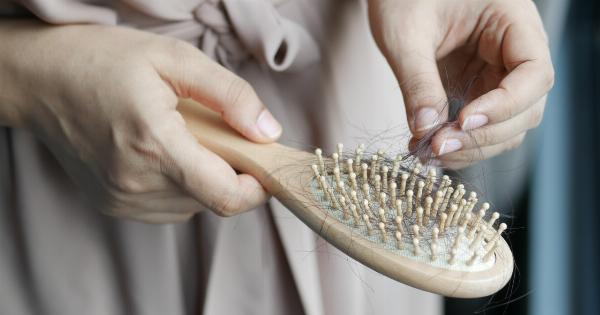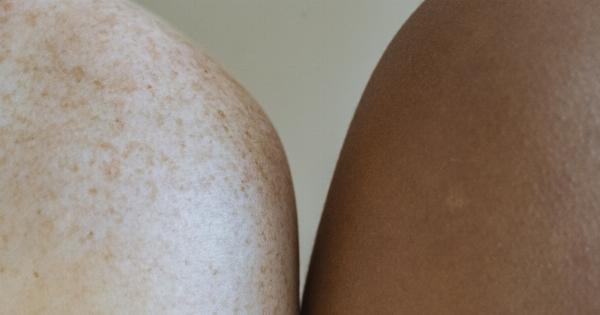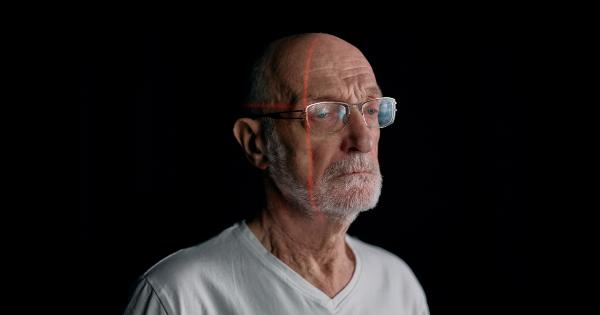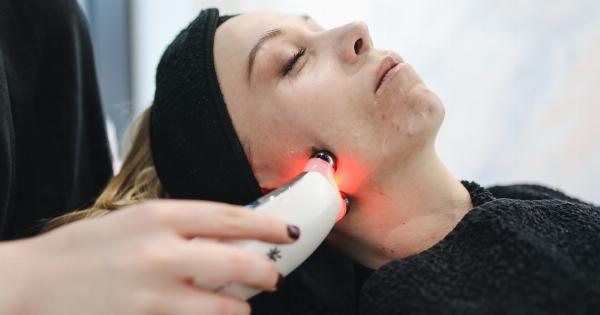Laser hair removal has become an increasingly popular trend in recent years, as people search for more permanent solutions to remove unwanted hair. One specific method that has gained attention is laser waxing.
This innovative technique combines the effectiveness of laser hair removal with the traditional method of waxing, providing a smoother and longer-lasting result. However, many individuals are concerned about the safety aspects of laser waxing. In this article, we will explore the safety considerations of laser waxing and address common questions and concerns.
Understanding Laser Waxing
Laser waxing is a process that involves using laser technology to target hair follicles while simultaneously applying wax to the treated area. The laser emits a beam of concentrated light energy that is absorbed by the pigment in the hair follicles.
This energy damages the follicles, inhibiting future hair growth. The application of wax helps ensure the laser energy is focused on the hair follicles while simultaneously removing any existing hair.
The Safety of Laser Waxing
When it comes to the safety of laser waxing, it is essential to consider several factors:.
1. Qualified Professionals
The most crucial aspect of laser waxing safety is to have the procedure performed by a qualified and experienced professional. Laser hair removal is a medical procedure, and it is vital to choose a reputable clinic with certified technicians.
Ensure the technicians are trained in laser technology and have a solid understanding of the skin and hair types to avoid potential complications.
2. Skin Sensitivity
Individuals with highly sensitive skin may have an increased risk of adverse reactions to laser waxing. It is crucial to inform the technician about any known skin sensitivities, allergies, or previous reactions to other hair removal methods.
This information will help the technician tailor the laser treatment settings and choose appropriate waxing products to minimize potential skin reactions.
3. Patch Testing
Prior to undergoing a full laser waxing session, it is common practice for technicians to perform a patch test. This involves applying a small amount of laser energy to a small area of the skin to assess the skin’s reaction.
Patch testing helps identify any potential adverse reactions or skin sensitivities, allowing the technician to adjust the treatment plan as necessary.
4. Eye Protection
During a laser waxing session, eye protection is of utmost importance. Laser technology emits intense light energy, and direct exposure to the eyes can cause severe damage.
Both the client and the technician must wear appropriate eye protection to safeguard against accidental eye exposure. Reputable clinics always prioritize eye safety and provide suitable eyewear for everyone involved.
5. Adverse Reactions
While laser waxing is generally considered safe, some individuals may experience temporary side effects such as redness, swelling, or mild irritation in the treated area. These reactions are typically short-lived and subside within a few hours or days.
It’s essential to follow the aftercare instructions provided by the technician to minimize any potential discomfort.
6. Precautions for Specific Groups
Certain groups of people should take additional precautions before considering laser waxing. These include:.
a) Women who are pregnant or breastfeeding:
Although there is no concrete evidence suggesting harm to pregnant or breastfeeding women, laser waxing is often avoided or postponed during these periods to err on the side of caution.
It is best to consult with a healthcare professional before undergoing the procedure.
b) Individuals with certain medical conditions:
People with certain medical conditions or taking specific medications may need to avoid laser waxing. Conditions such as active skin infections, skin cancer, or autoimmune disorders may require alternative hair removal methods.
It is crucial to discuss any underlying medical conditions with the technician to determine the best course of action.
Conclusion
Laser waxing offers an innovative approach to hair removal, combining the benefits of laser hair removal and traditional waxing. While safety is a significant concern, when performed by qualified professionals, laser waxing is generally considered safe.
Adhering to proper precautions, patch testing, and utilizing eye protection can help minimize potential risks. Remember to communicate any skin sensitivities or underlying medical conditions to ensure a tailored treatment plan. With the proper care and expertise, laser waxing can provide a safe and effective solution for long-lasting hair removal.
